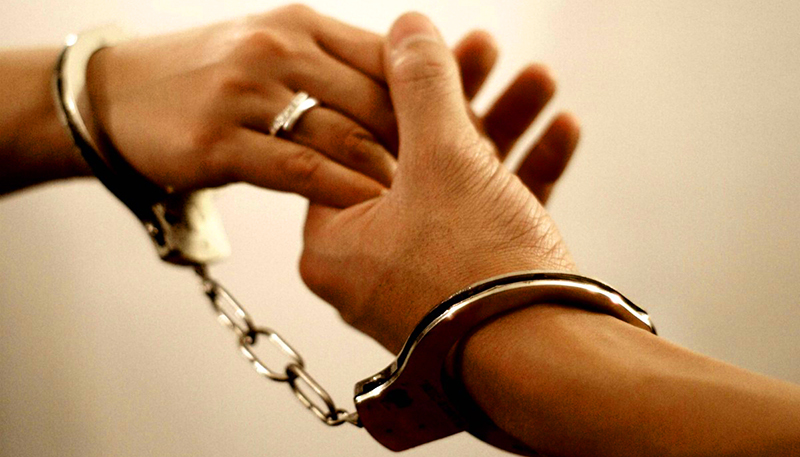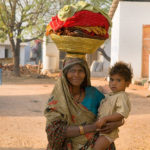In 2017, UK’s Forced Marriage Unit dealt with 82 cases related to India. Even though India ranked last in the number of forced marriage cases, with 439 cases from Pakistan, 129 from Bangladesh and 91 from Somalia, the actual numbers are still suspected to go unreported. Despite its ranking, this article presents an understanding of forced marriages in the context of India.


Forced marriage is said to occur without the free and full consent of either party, and/or when one party is under duress to say yes. Forced marriage is different from arranged marriage as the latter means that parents or other members of the family play matchmaker but the two parties have a choice to say yes or no. To many Indians, arranged marriage is a familiar process which has the potential to disguise forced marriages. Having said that, it doesn’t mean that all arranged marriages are forced. There exist grey areas between arranged and forced marriage and two concepts play a role in either re-presenting these blurred lines or elucidating the distinction. They are consent and coercion. The under-representation of forced marriage as a dreadful crime in mainstream media can be accounted for the interchangeable usage of arranged and forced marriage. Family authority is overarching in both cases and thus it becomes difficult to defy parental wisdom which might later turn into parental influence under the guise of the ‘We know what’s best for you; you’re still naive’ narrative. Many thus overwhelmingly give in to this system in order to prevent family conflicts. The underlying denial of agency imposed by family should also be noted in such cases. Young people from the Indian community are expected to respect and honor parents’ wishes and thus their consent is actually given to parents’ wishes rather than the marriage itself. Men, more than women, see arranged marriages as a way of appeasing parents who’ve been forcing them to get married. Women, on the other hand, go through a patriarchal conditioning since a young age which entails agreeing to parental wishes because it is an ‘honorable’ act. Thus, it is easier for men to reject parent’s match and still be accepted. Whereas, if a woman rejects a match chosen by family, it is seen as a transgression. This is when coercion starts to manifest itself in various forms. Perpetrators may employ forms of coercion’s which are legally benign but impact the victim’s decision-making in marital affairs, such as emotional torture, guilt-tripping victims for bring shame to the family.
In other cases, a forced marriage may appear to be an arranged marriage. One of the key motivators of forced marriage is having relationships disapproved by the family. There have been cases where it didn’t take the parents even one week to find another partner for their child and arrange for the wedding rituals within a month. In such cases, parents consider consent to be a justifiable elimination. What about the young men and women who are victims of this? They may either face physical abuse or ostracization for speaking out, or feelings of shame are invoked in them so that they go along with the so-called ‘arranged’ marriage for the sake of their parents. Therefore, aside from using brute force, perpetrators may also lure young people into marriage by using the honour-shame ideology.
Forced marriages have a significant gender component which affects both men and women. The motivators for forced marriage for both men and women may be same, such as having relationship unaccepted by family, homosexuality, and westernized behaviour among others. However, the consequences would be different for them. It is easy for male victims of forced marriage to lead a double life outside marriage, whereas a woman may be subjected to further financial abuse, sexual abuse, forced pregnancies and domestic violence. Marriages are a pinnacle in the Indian community and it should be kept that way by asserting valid choice and consent of both men and women. Consent is the underlying principle of a marriage union, and while parents may claim that they do give choice while presenting a proposal, then there should also be subsequent respect for the choice made by the children. Agency should be granted to young people as they are the ones who will have to ultimately live with the marriage, not the immediate family members. It should be aimed that we have less people who say that they agreed to marriage because they didn’t want to offend their parents by saying no. As it is, Indian value system holds respect for parents and elders in high regard, but we can’t lazily attribute the practice of forced marriage to culture. No culture dictates that coercion should be applied to seek consent for marriage- that is plainly co-option of consent by denying agency. No culture accepts that physical abuse and torture should be employed so that a union forms. It is time that community members begin to understand the implicit degrees of duress that may drive victims to a state of mental breakdown and helplessness. More importantly, it is vital that we call forced marriage for what it really is, use the correct language to distinguish it from arranged marriages. By no means is it implied that arranged marriages are wrong. They are not, unless the code of consent is fully maintained. Let’s not add to the ‘greyness’ of arranged and forced marriages by ensuring that valid consent is sought, choice is given and respected.




